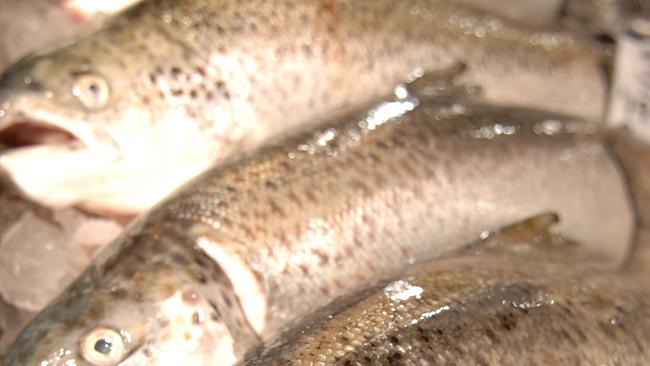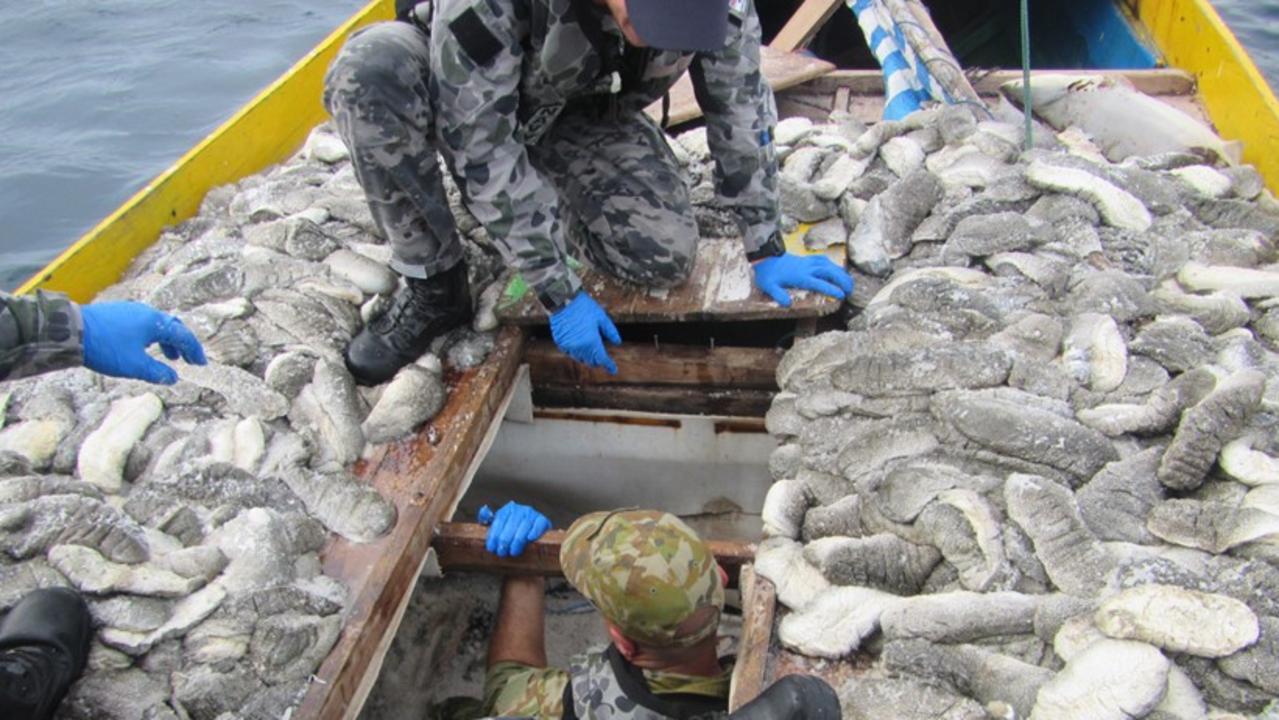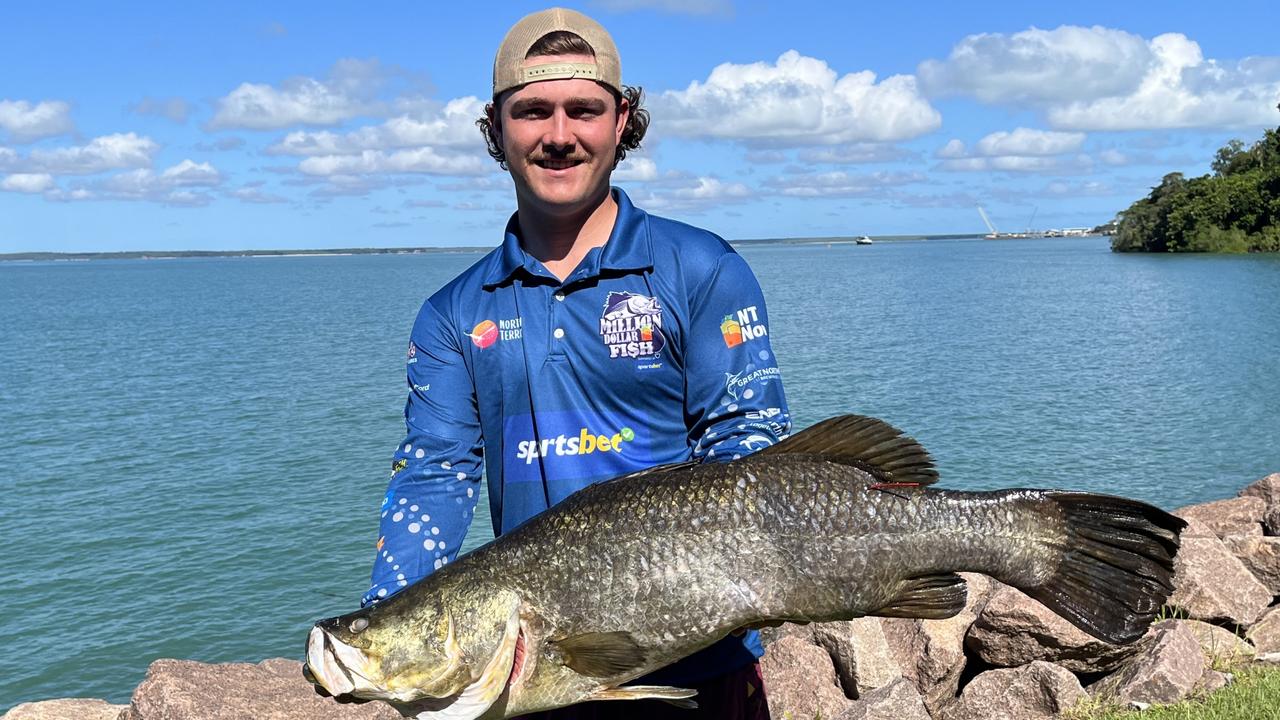Farmed salmon hard of hearing, says research
TASMANIA’S two largest salmon producers will review research that linked the accelerated growth rate of farmed salmon to hearing deficiencies in up to 50 per cent of fish

Fishing
Don't miss out on the headlines from Fishing. Followed categories will be added to My News.
TASMANIA’S two largest salmon producers will review research that linked the accelerated growth rate of farmed salmon to hearing deficiencies in up to 50 per cent of fish.
Researchers at the University of Melbourne found half of farmed salmon across the globe suffer from an inner ear deformity which could reduce their hearing sensitivity up to 50 per cent.
Earlier research showed farmed salmon experience the deformity in vastly greater numbers than wild salmon, and the researchers have now linked the deformity to the accelerated growth rates of commercial salmon.
The study is in the Journal of Experimental Biology.
Study co-author Steve Swearer said there was more work to be done.
“More research needs to be done on how fish with and without this deformity behave and whether there is any evidence that they are compromised negatively,” Professor Swearer said.
A Tassal spokesman said the company’s geneticist and veterinarian would review the research.
Huon Aquaculture executive director Frances Bender said her company was monitoring research in the area of animal welfare “with interest”.
Petuna Seafoods Tasmania declined to comment.
Meanwhile, Tassal will not be able to include its 266 Franklin lease in stocking calculations for the 2017 smolt input in Macquarie Harbour, after the deadline for the Environment Protection Authority to approve restocking the lease passed.
The EPA directed Tassal to de-stock lease 266 earlier this year, after a survey identified 14 non-compliance issues.
EPA director Wes Ford previously said he would need to tick off on the lease’s recovery by August 1.
But the company has not yet requested the EPA conduct a pre-stocking assessment of the double-sized lease, which sits closest to the World Heritage Area border.
Mr Ford said results from May indicated sediments were recovering and there were no significant visual impacts from the lease boundary.
“Although this is a positive sign, (I) need to be satisfied there is adequate recovery within the lease itself prior to assessing the lease for restocking,” Mr Ford said.


